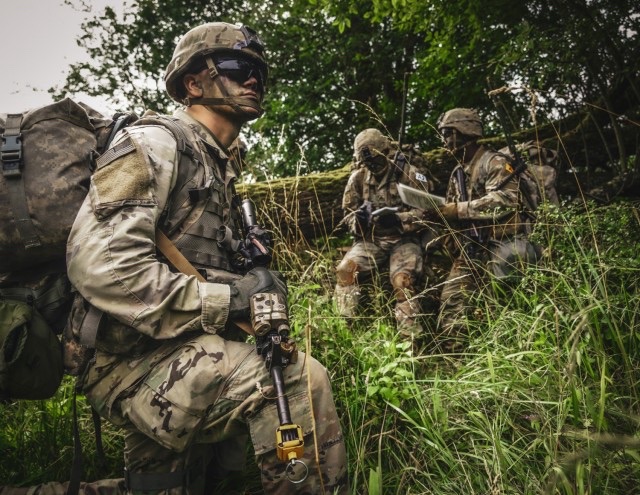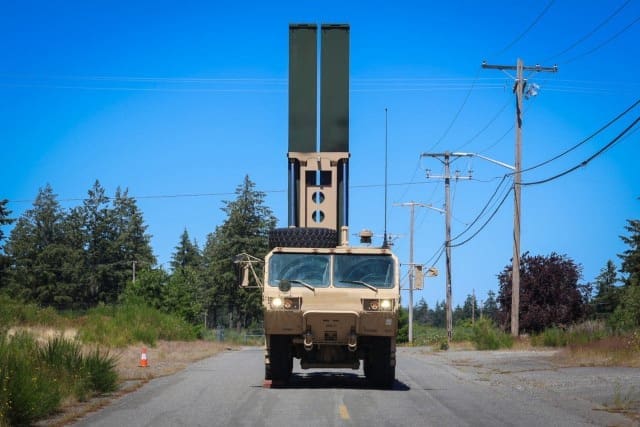
JOINT BASE LEWIS-MCCHORD, Wash. — The U.S. Army’s Long-Range Hypersonic Weapon Battery, part of the 1st Multi-Domain Task Force, made history by participating in Exercise Resolute Hunter 24-2, a joint, combined exercise on the base from June 25-27, 2024. This exercise marked a significant milestone, as it was the first time the Army’s hypersonic capability was integrated into the bi-annual joint training exercise.
Hosted by the Naval Aviation Warfighting Development Center at Naval Air Station Fallon, Nevada, Resolute Hunter 24-2 is the Department of Defense’s only dedicated battle management, command and control, intelligence, surveillance and reconnaissance exercise. This year’s event brought together three participating nations and four joint services for a three-week training exercise.
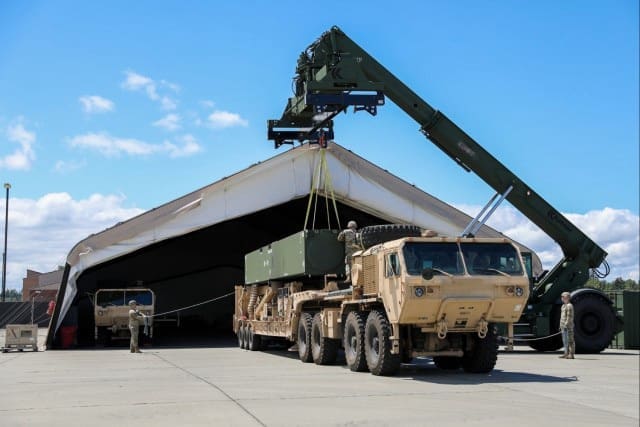
Building on this achievement, Col. Charles Kean, commander of the 1st MDTF, emphasized the importance of this exercise, stating, “these scenarios provide invaluable sets and repetitions that build upon and reinforce the steadfast integration of MDTF capabilities in the broader partnered joint all-domain construct.”
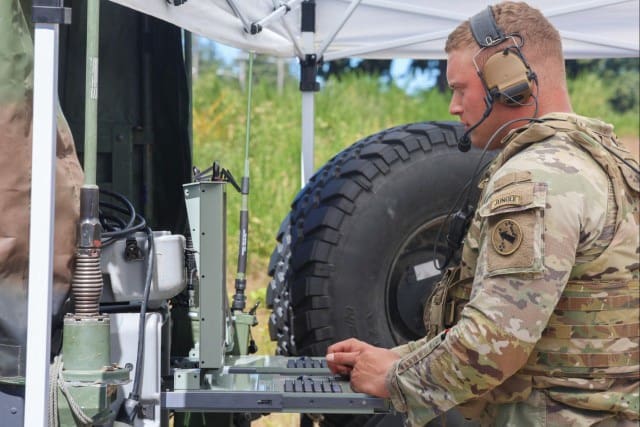
The exercise demonstrated the battery’s ability to integrate with higher joint echelons and sustain operations over an extended period. Bravo Battery, 5th Battalion, 3rd Field Artillery (Long Range Fires Battalion), 1MDTF, successfully employed its force package for over 72 hours, showcasing the long-range hypersonic weapon digital kill chain in collaboration with joint partners and providing real-time situational awareness to the joint command post.
Capt. Jennifer Lee, commander of Bravo Battery, highlighted the significance of the exercise, stating, “Exercise Resolute Hunter 24-2 demonstrated the critical role of landpower and the Army’s indispensable contribution to joint operations. I’m proud of our team’s commitment to excellence and their ability to adapt and innovate in a complex and dynamic training scenario.”
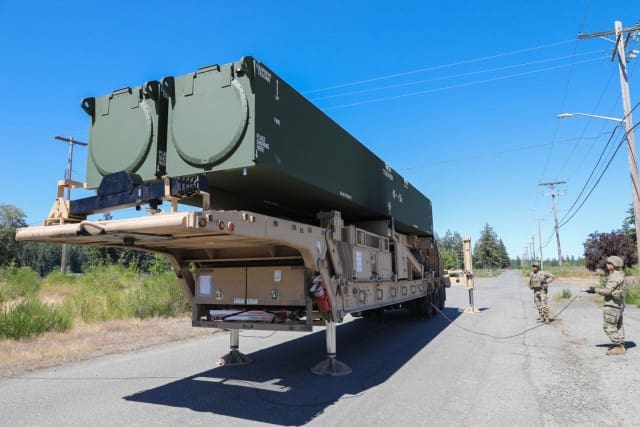
The Army’s long-range hypersonic weapon development has been a long-term effort, with Soldiers contributing to the prototyping process since 2019. After receiving the initial hardware delivery in March 2021, the unit initiated new equipment training in September 2021, which consisted of four three-week iterations. The fielding process was completed by the end of fiscal year 2023, enabling Soldiers to train on the equipment, create doctrine, and develop new tactics, techniques and procedures.
In February 2023, the unit deployed the capability more than 3,000 miles away to Cape Canaveral, Florida, in the system’s longest recorded overland movement to date, as part of Exercise Thunderbolt Strike, demonstrating the Army’s ability to rapidly deploy the hypersonic capability.
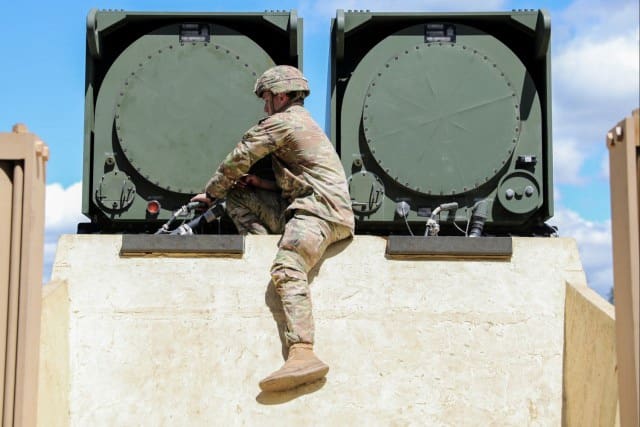
Since then, the unit has participated in several other named and joint exercises, with Resolute Hunter being the latest.
As a theater-level unit and joint force enabler, assigned to the Indo-Pacific, the 1MDTF plays a vital role in synchronizing long-range precision fires layered with long-range precision effects to create multiple dilemmas and neutralize adversary anti-access and area denial networks. The 1MDTF’s proven innovation, agility and lethality have led the Army to direct five full MDTFs in strategically significant locations worldwide.
By CPT Ryan DeBooy


